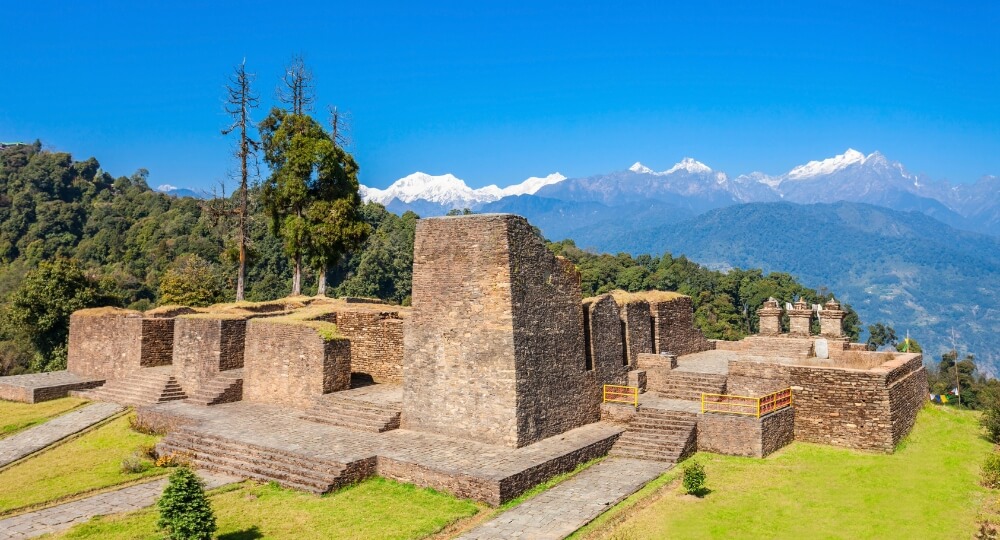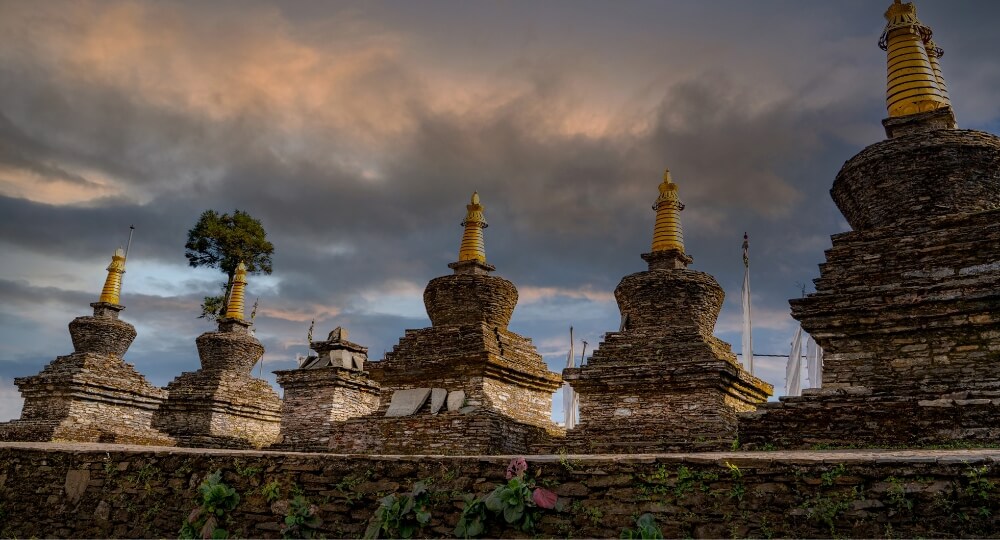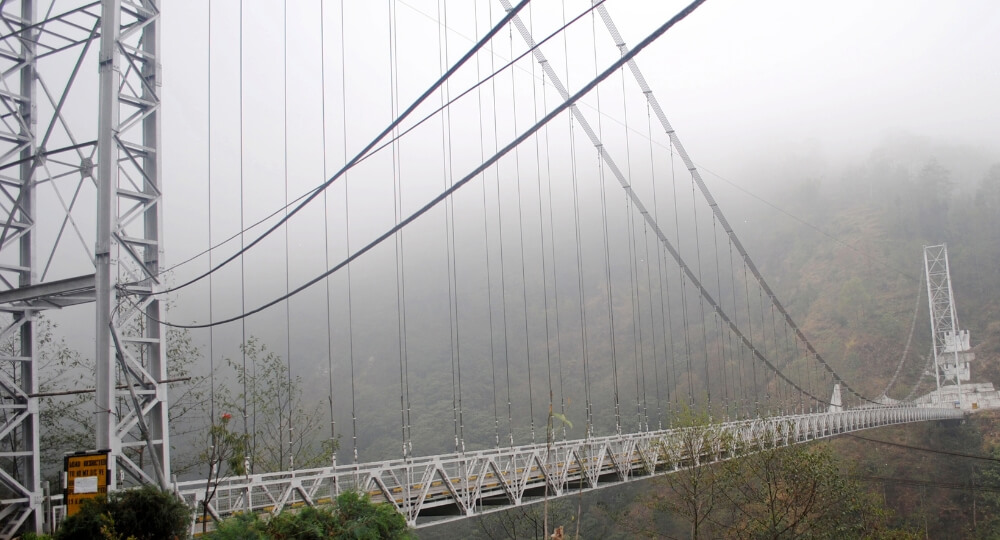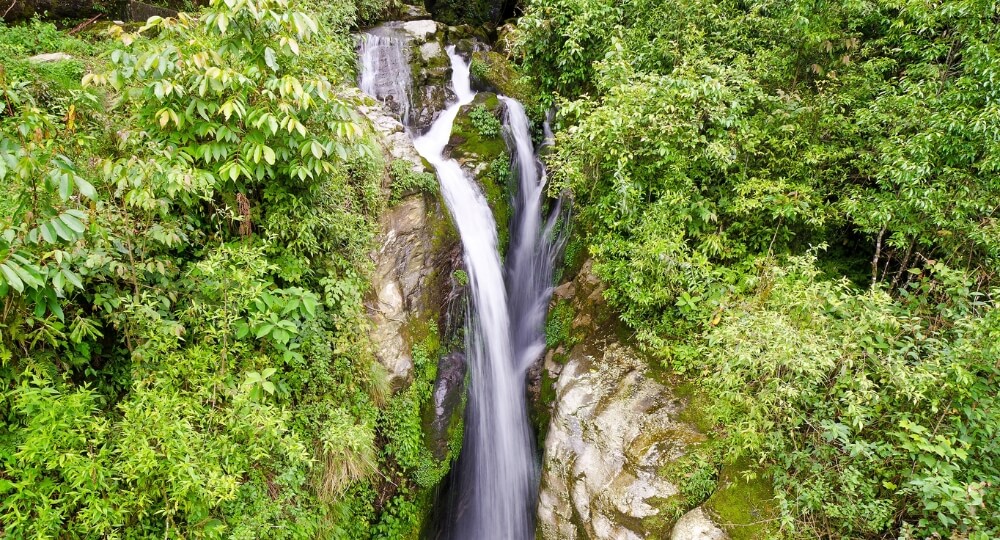Tour Package
Pelling Tour Packages
SUPER DEAL PRICE
STARTS FROM
per person on twin sharing
ATMs are available in towns, scarce in villages.
Most city shops in Pelling accept credit cards.
Banks are common in towns, rare in villages.
The legal drinking age in Pelling is 18 years.
Pelling residents are known for genuine hospitality.
Pelling - Overview
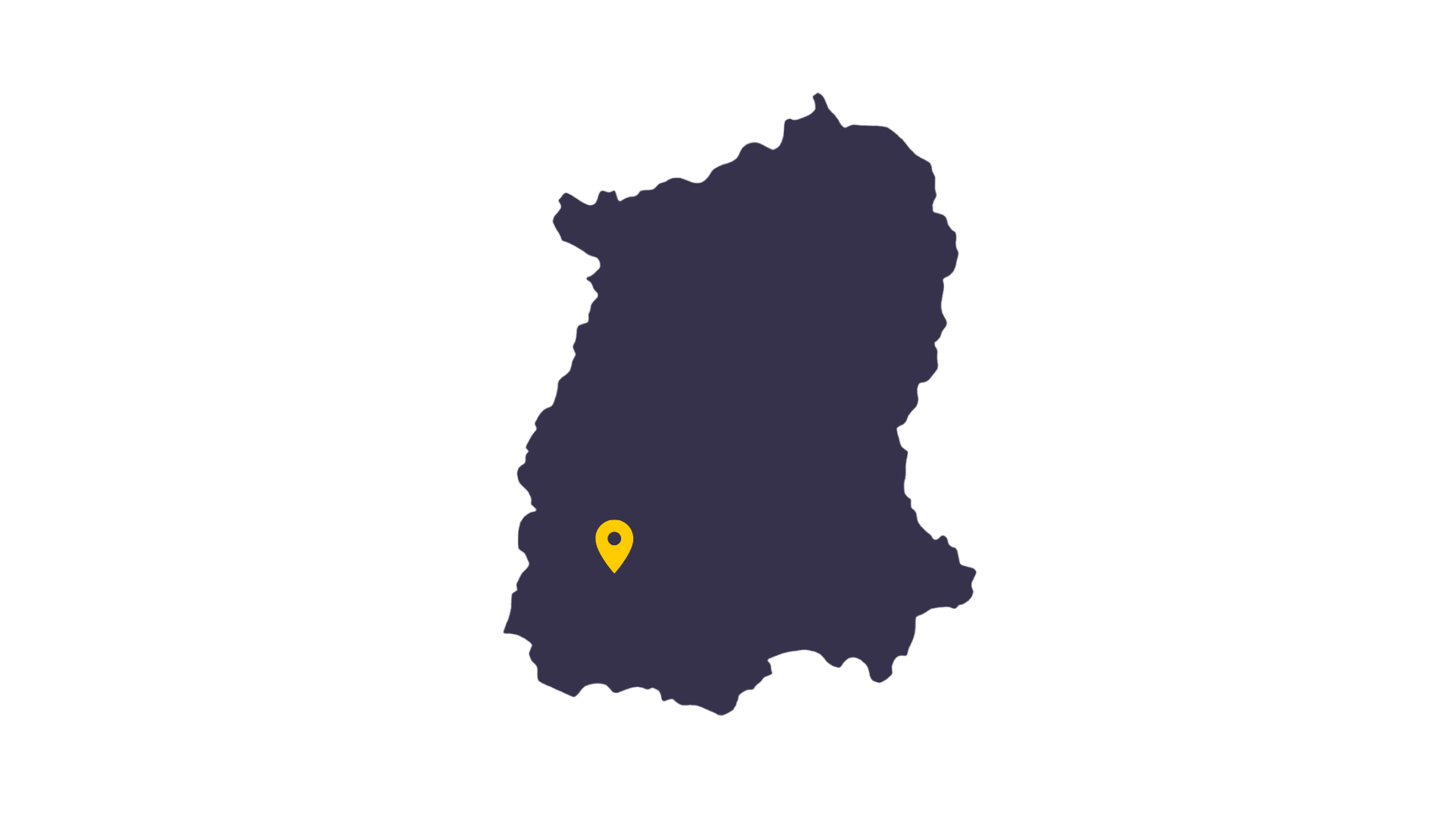
By Purpose
Couples
For Newlywed Vacations
Family
For Family Vacations
Top Attractions and Nearby Sights
Pemayangtse Monastery
Rabdentse Ruins
Kanchenjunga Falls
Singshore Bridge
Rimbi Waterfalls
Khecheopalri Lake
Chenrezig Statue
Sanga Choeling Monastery
Sewaro Rock Garden
Khangchendzonga National Park
Everything You Need to Know About Pelling
If Gangtok is what comes to your mind when we speak of Sikkim, you probably know very little about the state. Of course, Gangtok is a beautiful city with multiple tourist attractions. However, Sikkim is full of unique and unexplored gems, such as Zuluk, Yumthang Valley, and Tsomgo Lake. Pelling is one such off-the-beaten-track destination in the North East. Let’s do a deep dive into the art, culture, cuisine, shopping scene, and tourist attractions of Pelling so you can understand why this peaceful hamlet is a must-visit destination.
If you’re looking for Pelling tour packages, please call us or send a message on Instagram.
View All Pelling Tour Packages
FAQs:
Book Your Dream Vacay Today!



